Equipment
GolfWRX Archives: Economics of an independent club builder
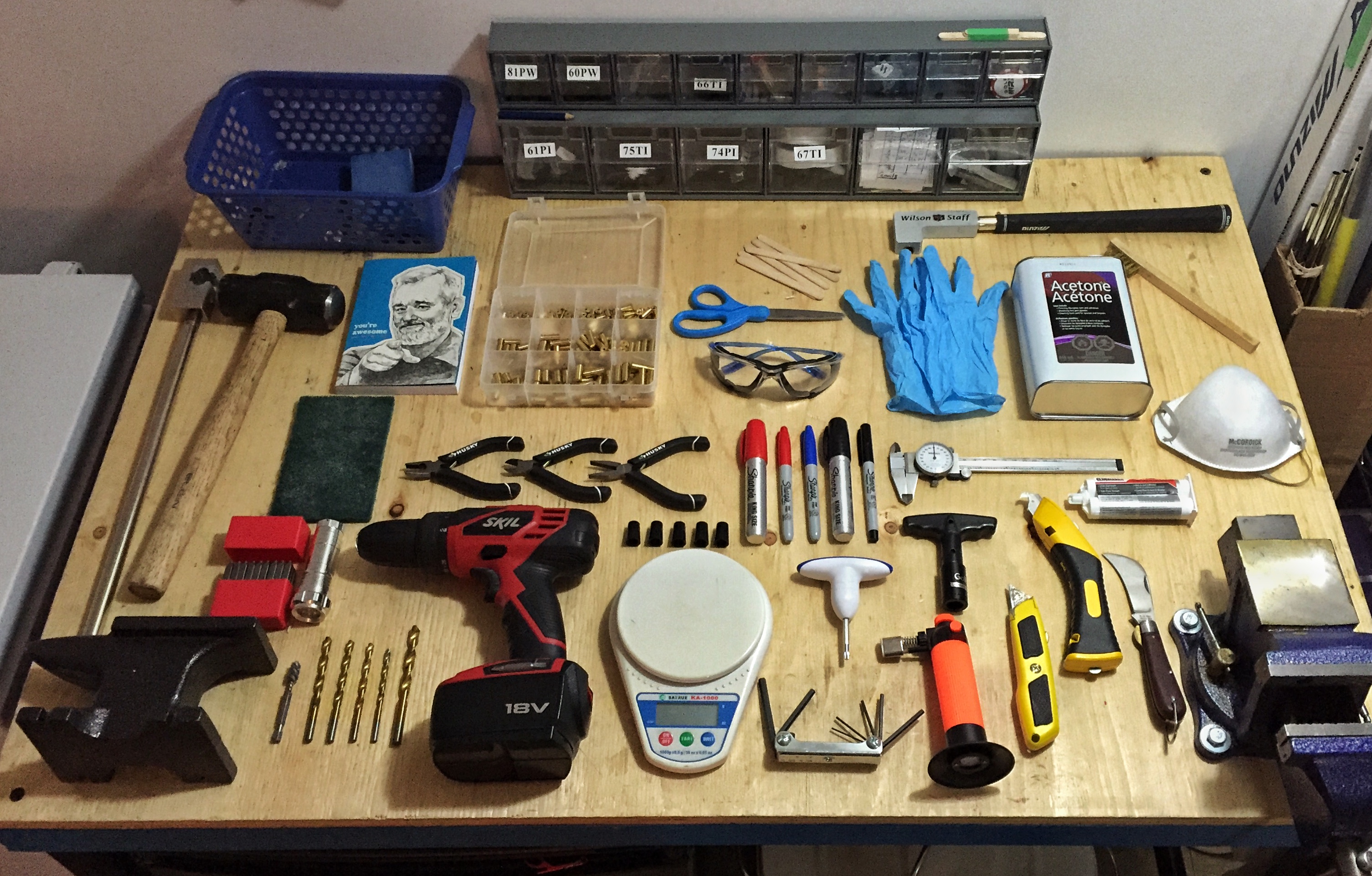
The golf season is slowly gearing up, and the next step many are taking is getting their clubs tuned up and dialed in. Whether it be new grips, lie and loft checks, or getting into the nitty-gritty details of a launch monitor gapping session, it’s a mad rush to be ready for the first tee shot.
With so much of this work being done by smaller companies or local club builders, I wanted to revisit a piece I wrote around this time last year that showcases the economics that smaller shops face since a large part of the discussion often revolves around price.
The Economics of an Independent Club Builder
I build clubs, not a ton, but for a one-person operation, I keep very busy during the season. I work on clubs for people locally, help a couple of the local golf courses get work done quickly for members, and I do a lot of my own tinkering (which I acknowledge is akin to if Walter White was also his own biggest customer).
What I have noticed over the last few years when talking to, or reading about, golfers inquiring about having work done, is the great discussion and sometimes misinformation about the cost associated with club work. From high-end custom club fitting, to just a simple repair or grip change, there’s a lot of confusion. This is a constant topic here on GolfWRX with many of the same replies being summarized by
“No way a (insert club or repair job) should cost that much! It’s an easy thing to do with a torch, a vice and some epoxy.”
I’m not saying building clubs isn’t relatively simple, heck it’s my goal to try and teach people how to do it and better understand it, but when it comes to doing things right and making sure the specs are just as they should be, well that’s an entirely different story.
To properly equip a shop with all the tools required to take on any club building task aside from grinding wedges and milling putters, the cost is roughly $5,000 for proper top-of-the-line gear including safety equipment — not an over-the-top investment, but something that is mostly beyond the average hobbyist. I’m lucky in that I’ve never relied on building clubs (as an independent builder) as my only source of income and slowly built up my vast collection of tools, some of which I’ve had for over 15 years.
My argument for the cost of any repair is quite simple: The club builder needs to be able to make a reasonable profit (not a bad word) based on the time associated with completing the task, which is essentially the MO for any individual or business.
I compare it to getting an oil change: Do I know how to do it? Yes. Do I have the ability to get all the required tools? Yes. Does it take a relatively short amount of time to do it by a trained professional? Yes. Do I want to get under my car to do it? Absolutely not!
Same can be applied for the building of a set either from scratch or with previously used parts (which is WAY worse and actually takes longer by the way) pulling and gluing steel taper tip golf shafts isn’t really a big deal but here are the things many people fail to consider
- Getting head weights right to make sure swing weight, or in some cases MOI, match the desired spec.
- Cutting to the exact length and potentially accounting for grip cap length
- Having on hand the proper tools do the prep work including disposables like sanding belts, buffing pads etc.
- Stocking ferrules in a variety of sizes for different clubs
- Epoxy – making sure to have relatively “fresh” quality stuff on hand — a single tube of 3M can run over $25 alone
- Grip tape
- Solvent, and catch tray or actual gripping station
- Final lie loft – making sure to leave as few marks as possible
Let’s consider one of the most common repairs: a broken wedge shaft (I don’t ask questions about how things get broken)
For a small shop that might not carry a lot (if any) shaft inventory, something as common as a True Temper Dynamic Gold is $24 from a supplier like GolfWorks, add on a single grip, say, Golf Pride Tour Velvet ($5), you’re almost at $30 COST. Now, if we consider that there is potential for a 15 percent savings if the shop gets a “dealer” discount, we’re still looking at just under $25 before tax. You add shipping onto that and time, it’s understandable that this is going to be at least a $50 repair.
Yes, you can get new previous model wedges for around $100, but they have the opportunity to buy at HUGE volume as an OEM, that’s the difference. Small shops need to be able to cover costs and make a small profit to exist. Prices might seem high compared to buying a new full club as a single unit, but you are truly supporting a small business.
- LIKE34
- LEGIT7
- WOW0
- LOL1
- IDHT0
- FLOP0
- OB0
- SHANK1
Equipment
Coolest thing for sale in the GolfWRX Classifieds (4/23/24): TaylorMade Qi10 Driver Ruby Red

At GolfWRX, we are a community of like-minded individuals that all experience and express our enjoyment of the game in many ways.
It’s that sense of community that drives day-to-day interactions in the forums on topics that range from best driver to what marker you use to mark your ball. It even allows us to share another thing we all love – buying and selling equipment.
Currently, in our GolfWRX buy/sell/trade (BST) forum, there is a listing for a TaylorMade Qi10 Driver Ruby Red.
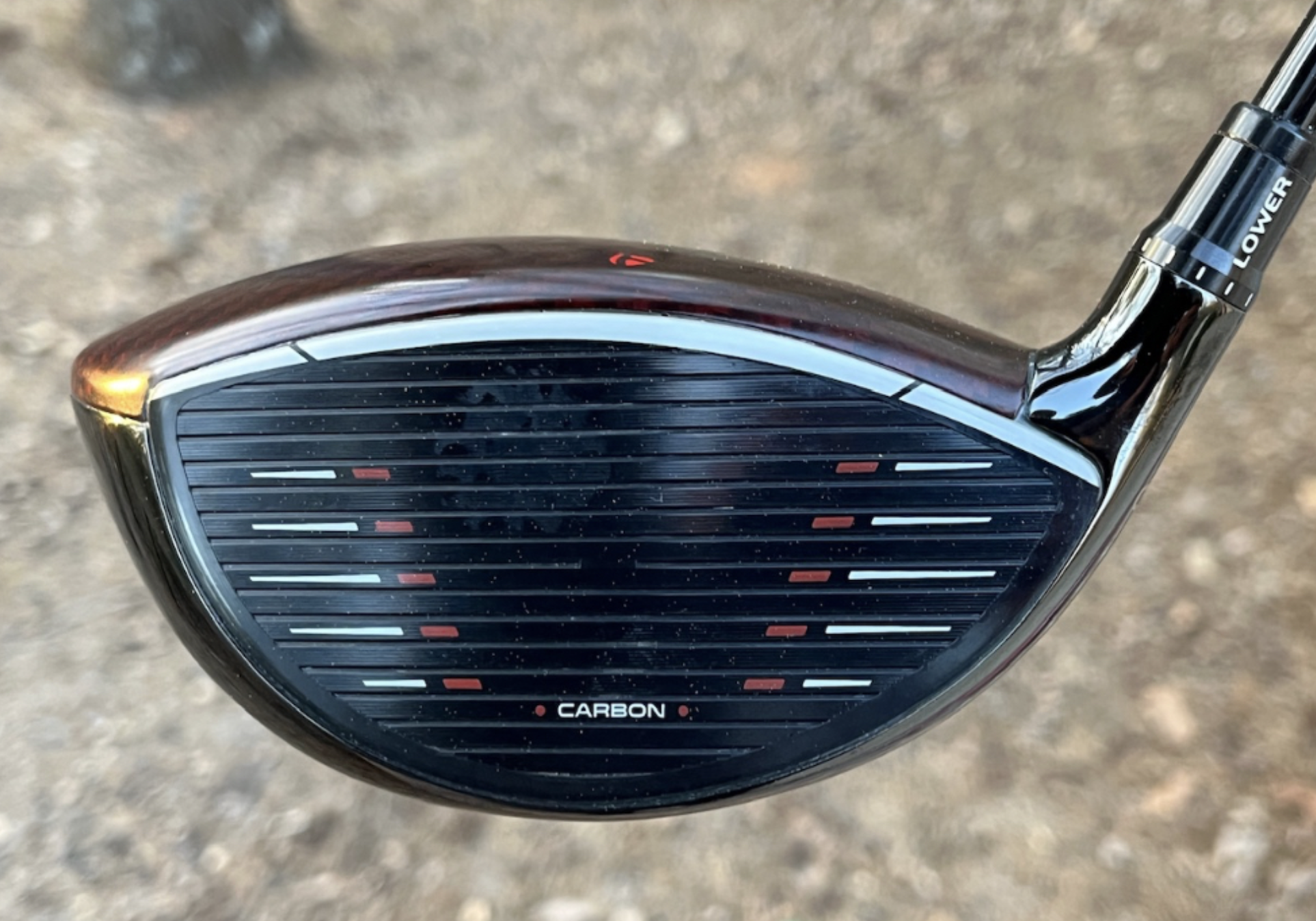
From the seller: (@Gehly): “TaylorMade Qi10 Driver 9.0 Designer Series Ruby Red. Custom Mitsubishi Kai’li Red 60s (stiff) shaft, plays 46”. Great condition, head near mint (see pics). w/ Red/Black Golf Pride NDMC Midsize grip. No headcover for it. $545“
To check out the full listing in our BST forum, head through the link: TaylorMade Qi10 Driver Ruby Red
This is the most impressive current listing from the GolfWRX BST, and if you are curious about the rules to participate in the BST Forum you can check them out here: GolfWRX BST Rules
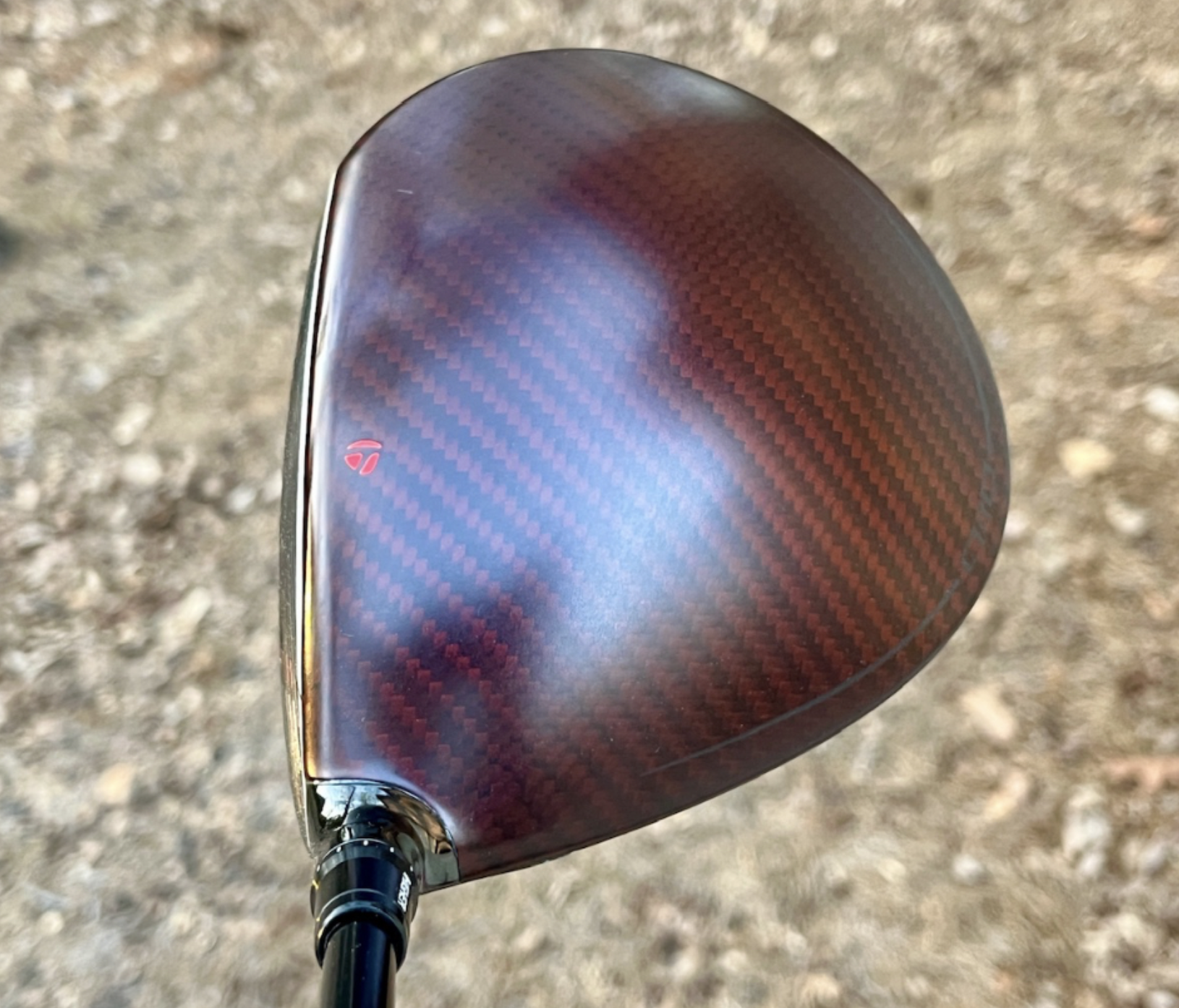
- LIKE0
- LEGIT1
- WOW1
- LOL0
- IDHT0
- FLOP0
- OB0
- SHANK0
Whats in the Bag
Sam Burns WITB 2024 (April)
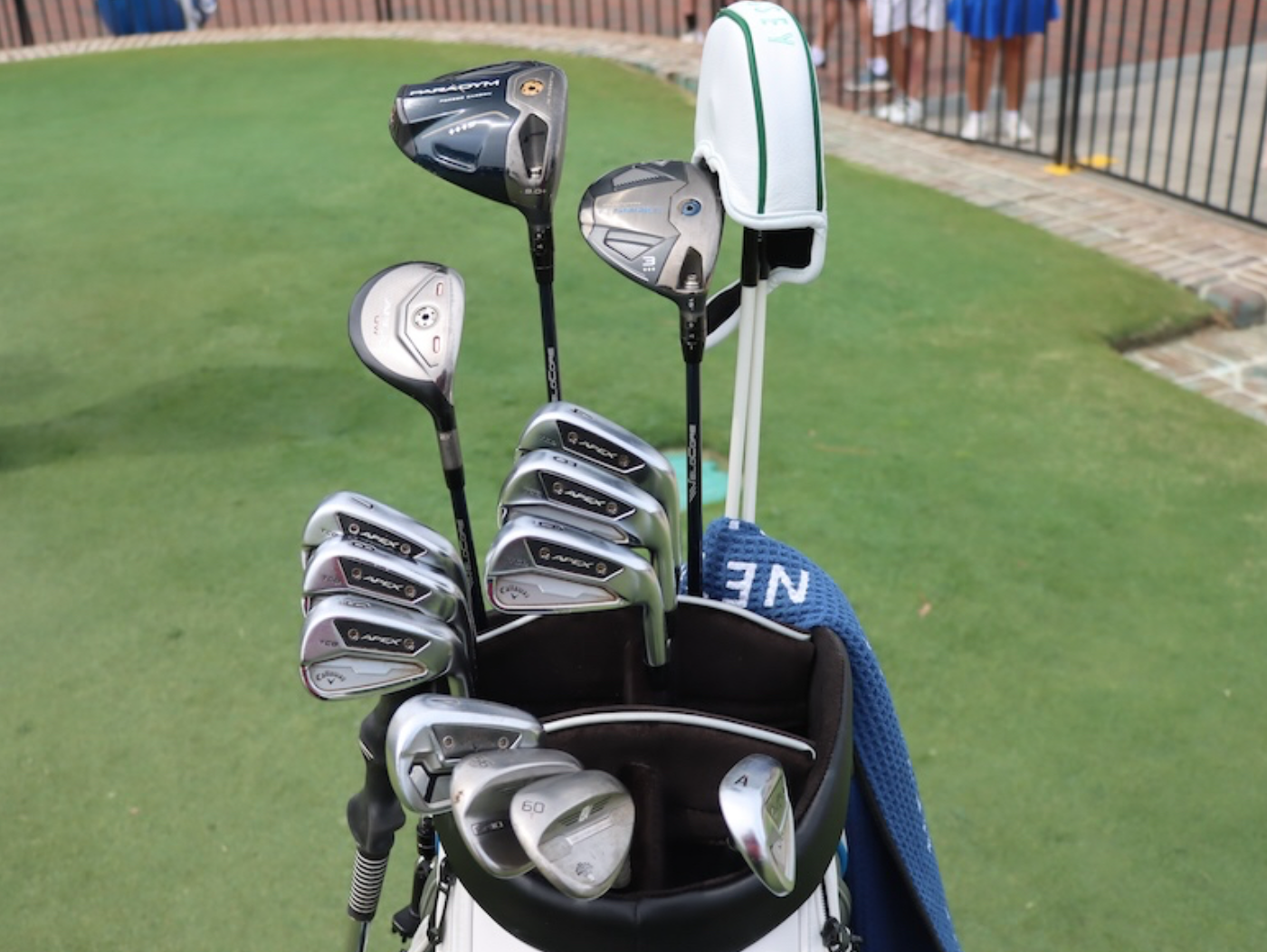
- Sam Burns’ what’s in the bag accurate as of the RBC Heritage.
Driver: Callaway Paradym Triple Diamond S (9 degrees @10)
Shaft: Fujikura Ventus Blue 7 TX
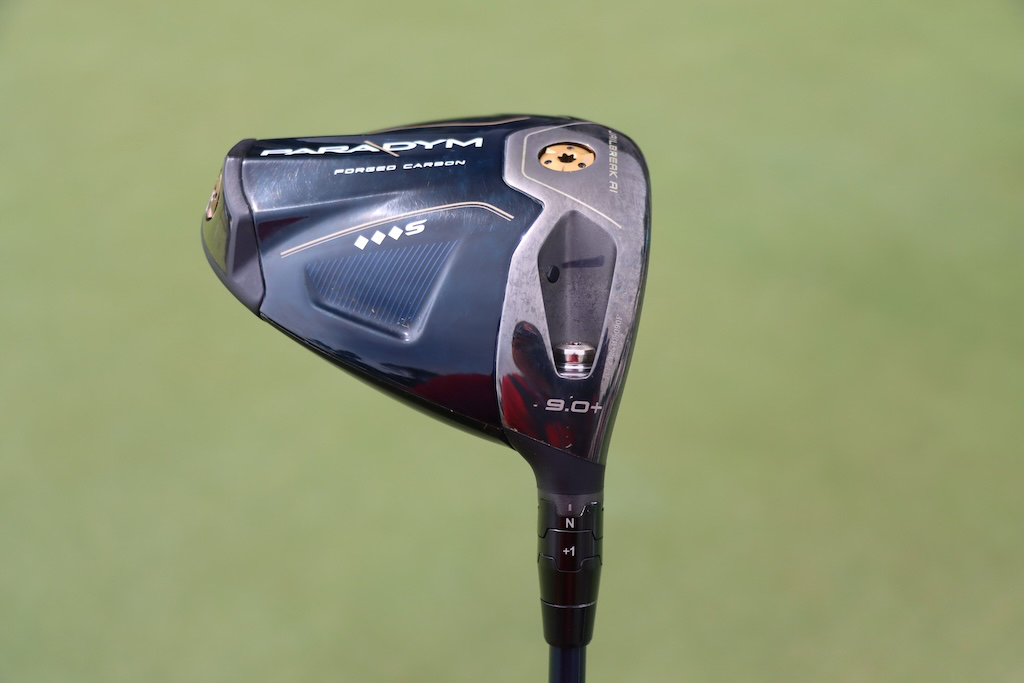

3-wood: Callaway Paradym Ai Smoke Triple Diamond T (15 degrees @16)
Shaft: Fujikura Ventus Blue 8 X
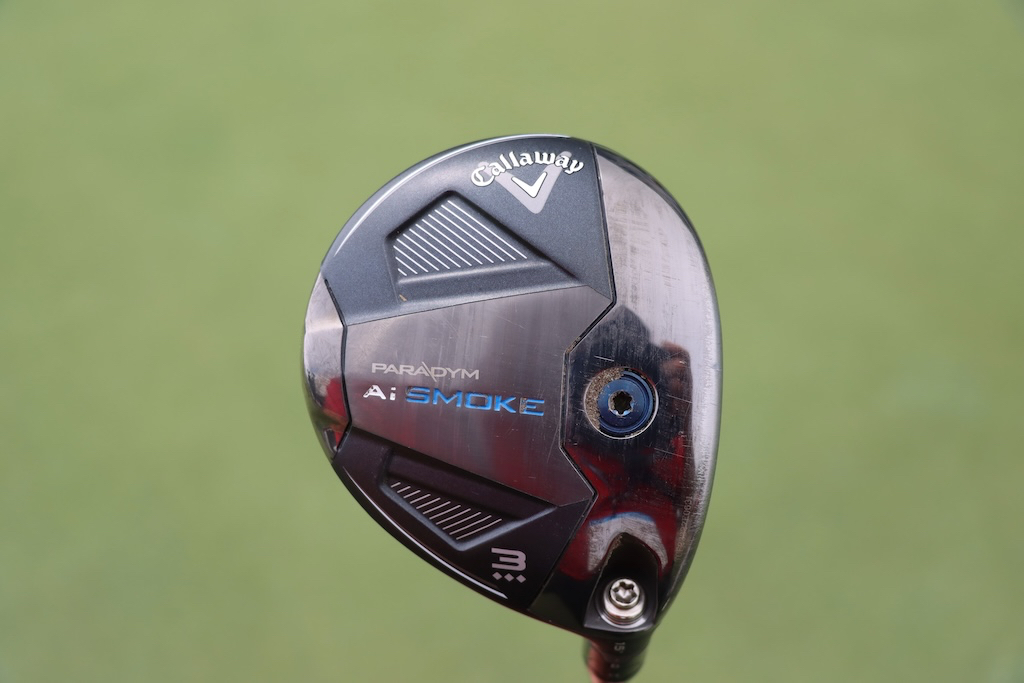
Hybrid: Callaway Apex UW (21 degrees)
Shaft: Fujikura Ventus Blue 8 X
Irons: Callaway Apex TCB ’24 (4-AW)
Shafts: Project X 6.5 (4-PW), True Temper Dynamic Gold X100 Tour Issue (AW)
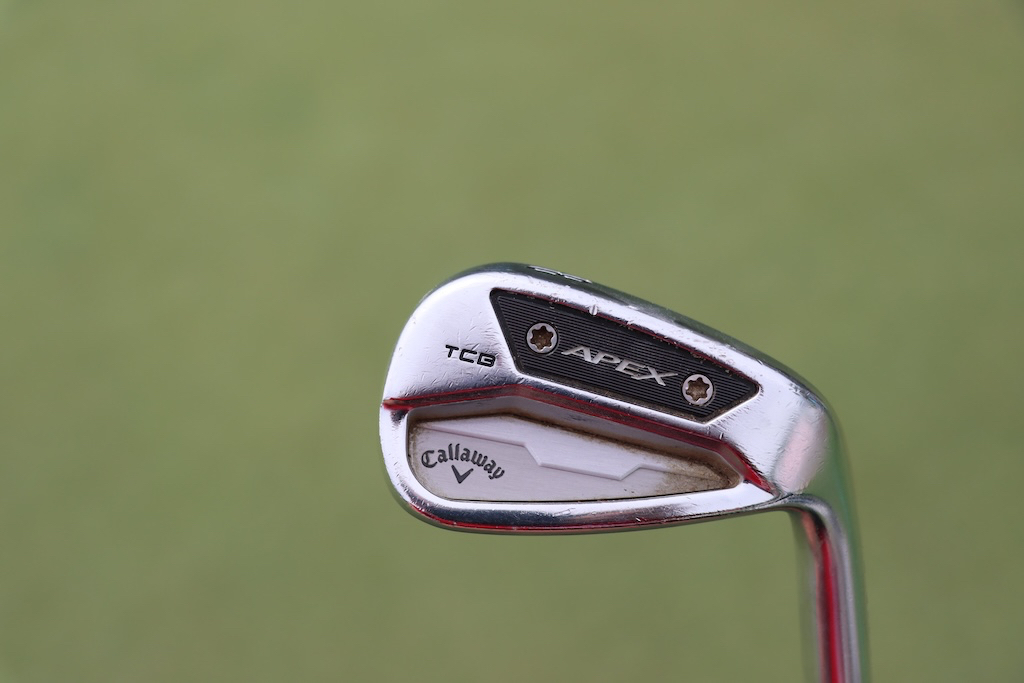
Wedges: Titleist Vokey Design SM10 (56-14F @55), WedgeWorks Proto (60-T)
Shafts: True Temper Dynamic Gold S400 Tour Issue (56, 60)
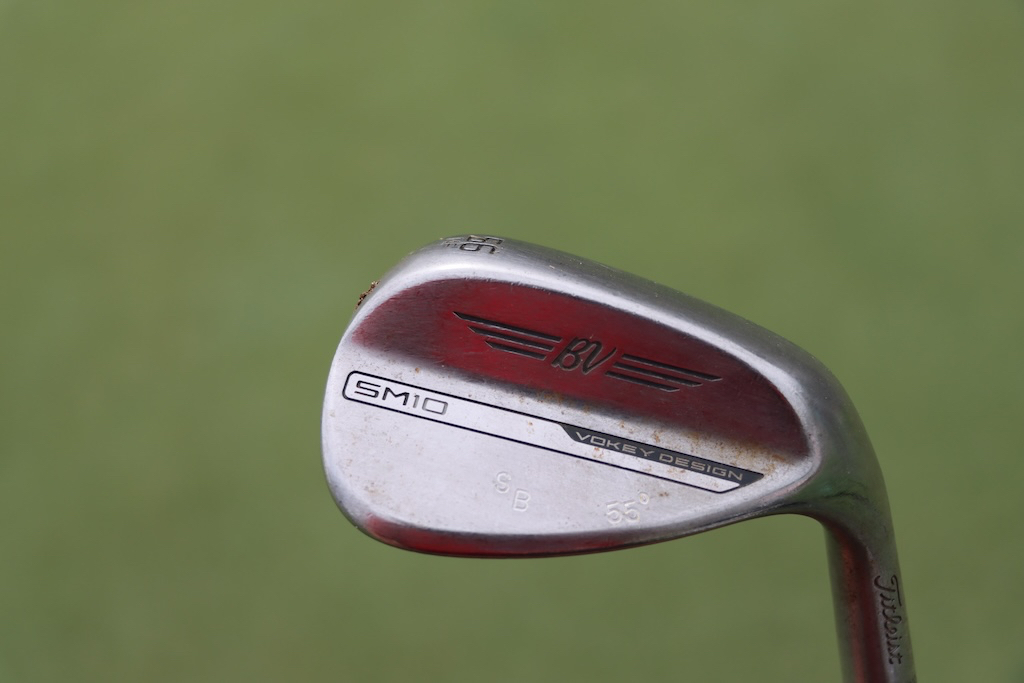
Putter: Odyssey Ai-One #7S
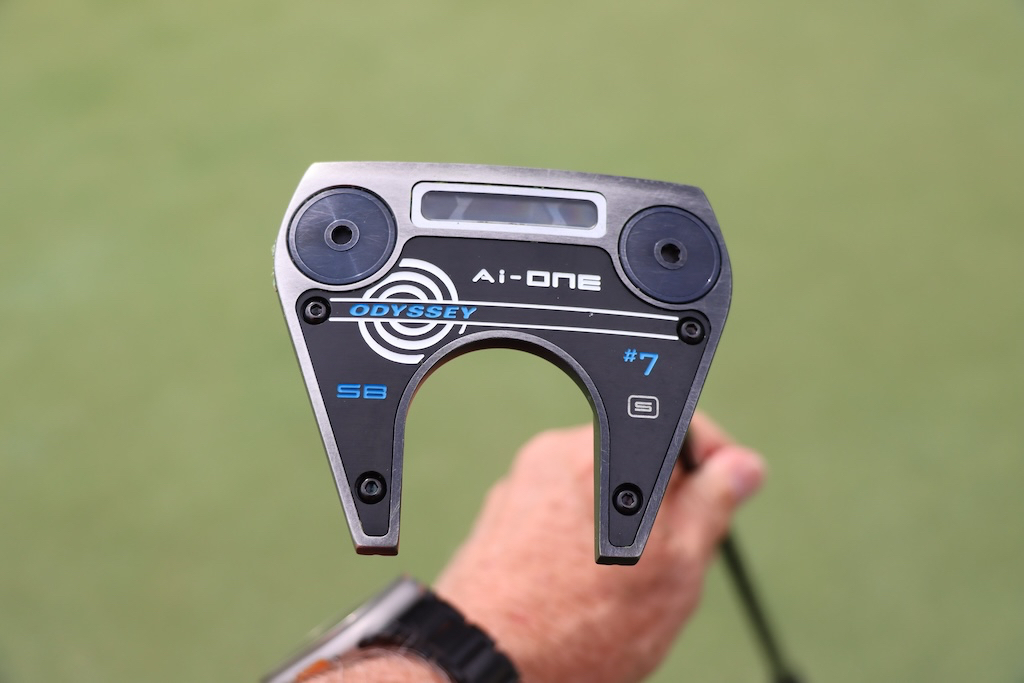
Grips: Golf Pride Tour Velvet Align
Ball: Callaway Chrome Tour X
Check out more in-hand photos of Sam Burns’ WITB in the forums.
- LIKE1
- LEGIT0
- WOW0
- LOL0
- IDHT0
- FLOP0
- OB0
- SHANK0
Whats in the Bag
Will Zalatoris WITB 2024 (April)
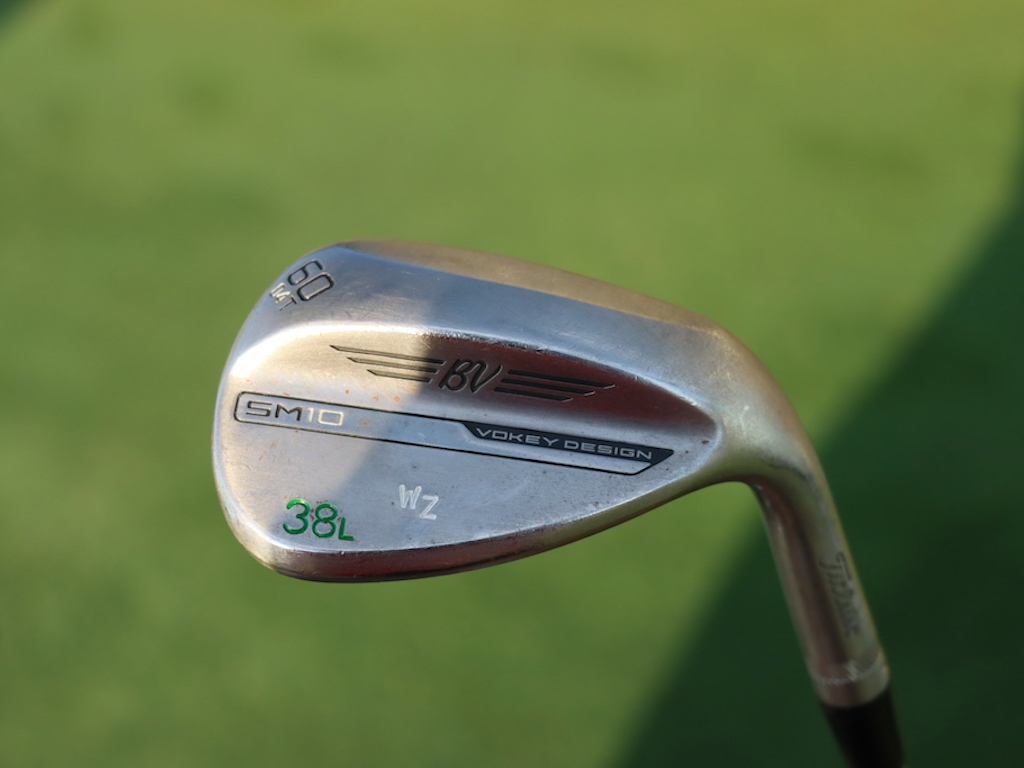
- Will Zalatoris’ what’s in the bag accurate as of the RBC Heritage.
Driver: Titleist TSR2 (9 degrees, A1 SureFit setting)
Shaft: Fujikura Ventus TR Black 7 X (44.5 inches)
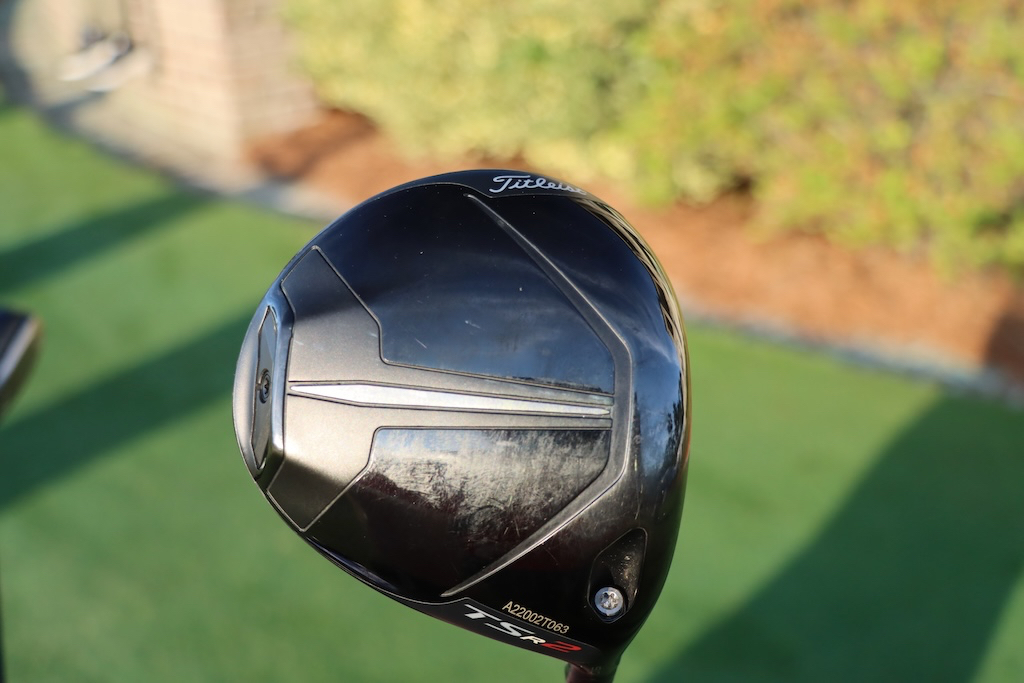

3-wood: Titleist TSi2 (15 degrees, A1 SureFit setting)
Shaft: Fujikura Ventus TR Blue 8 X
Irons: Titleist T350 (3), Titleist T150 (4-PW)
Shafts: Nippon N.S. Pro Prototype G.O.S.T. 10 ST X (3), True Temper Dynamic Gold Tour Issue X100 (4-PW)
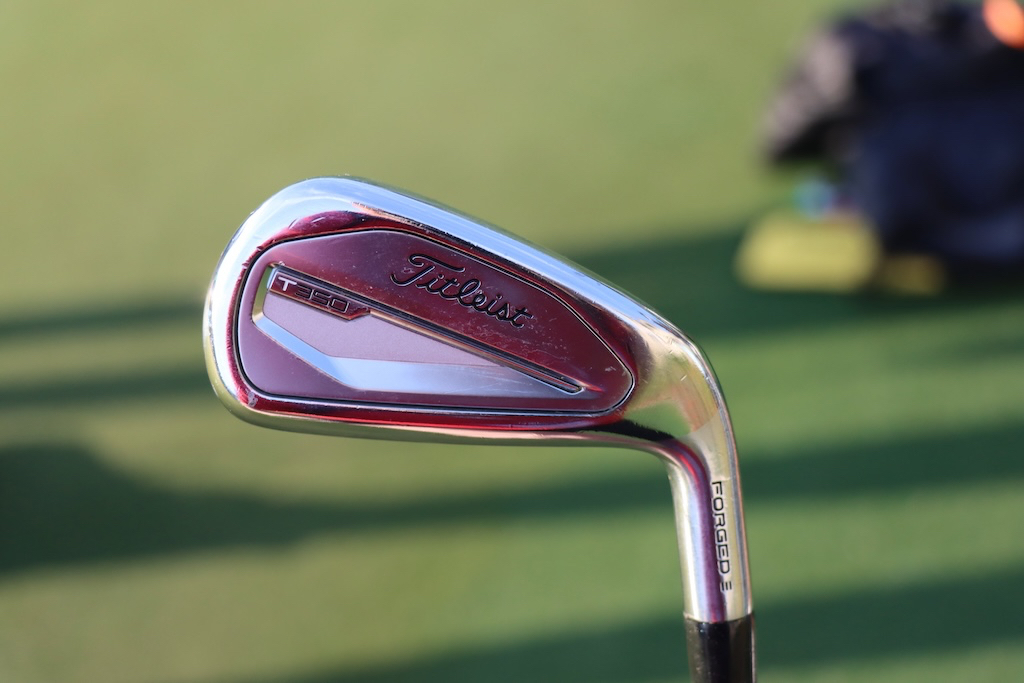
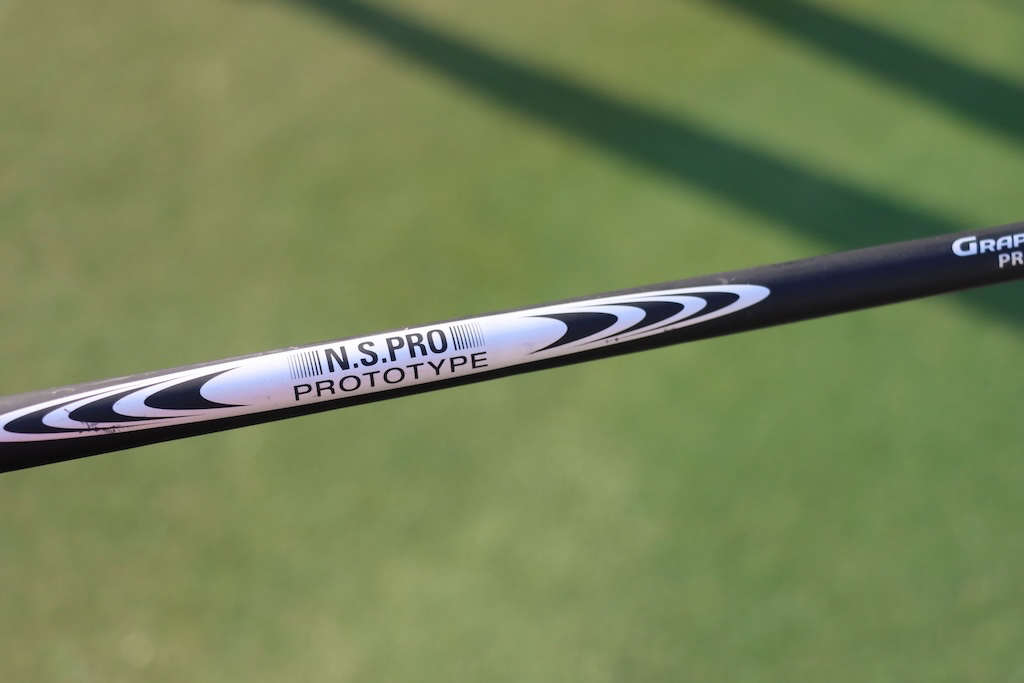
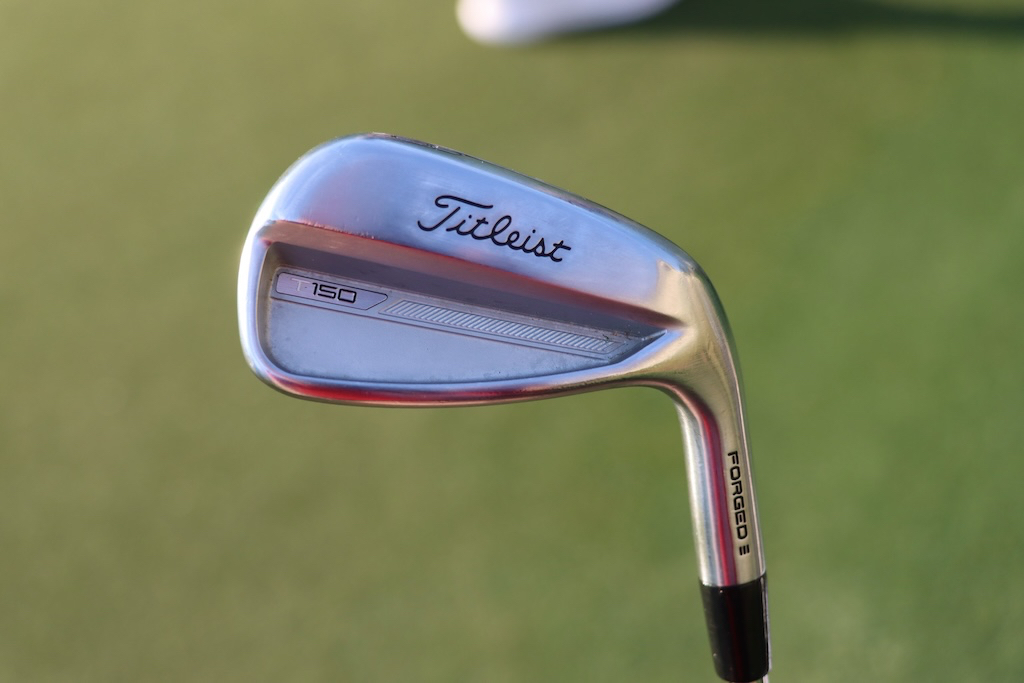
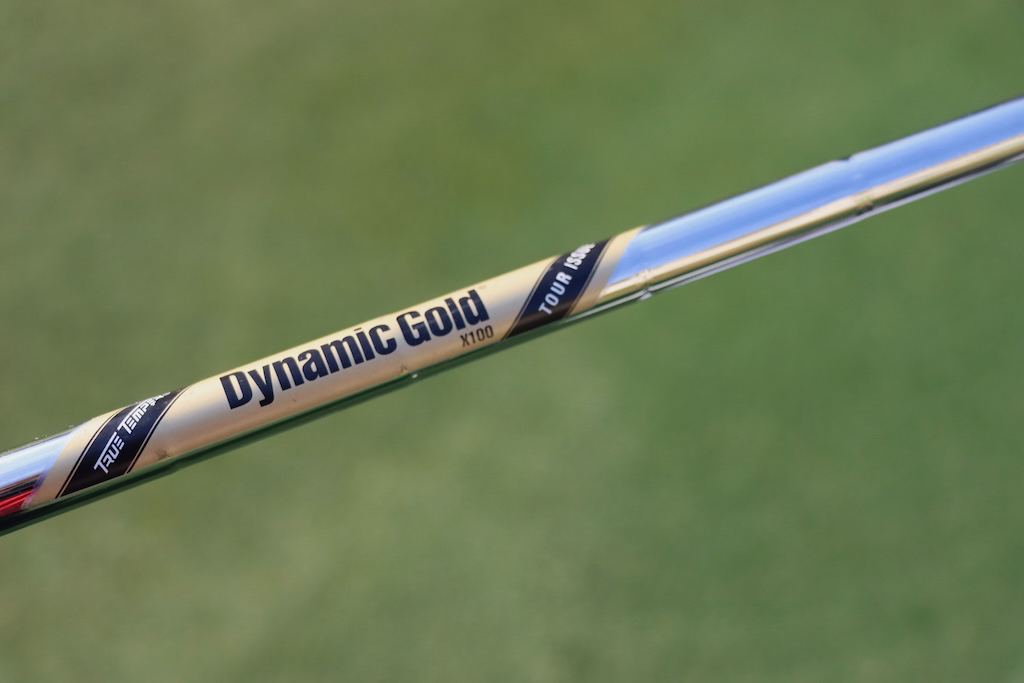
Wedges: Titleist Vokey Design SM10 (50-08F, 54-10S @55, 60-04T)
Shafts: True Temper Dynamic Gold Tour Issue X100

Putter: L.A.B. Golf Mezz.1 Max
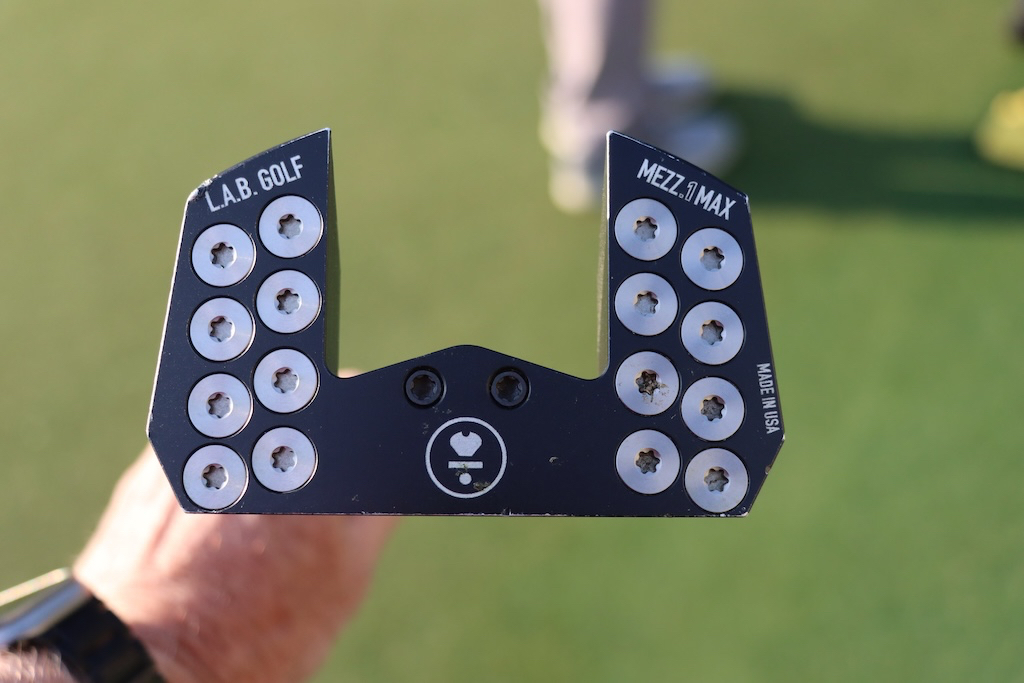
Grips: Golf Pride Z-Grip Cord
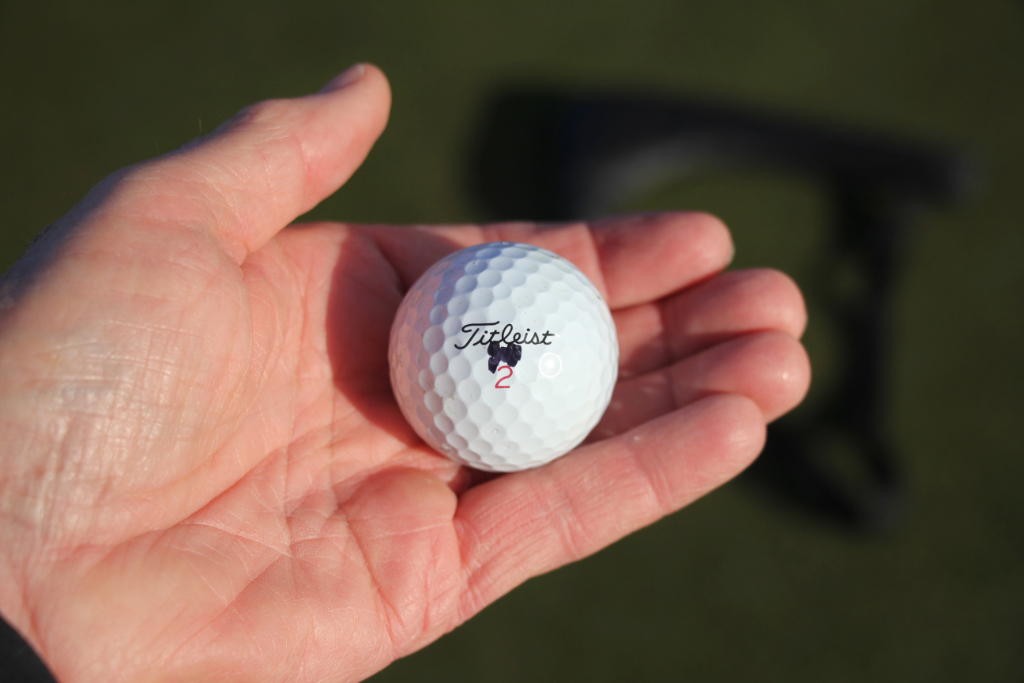
See more photos of Will Zalatoris’ WITB in the forums.
- LIKE4
- LEGIT1
- WOW1
- LOL0
- IDHT0
- FLOP0
- OB0
- SHANK0
-

 19th Hole2 weeks ago
19th Hole2 weeks agoDave Portnoy places monstrous outright bet for the 2024 Masters
-

 19th Hole2 weeks ago
19th Hole2 weeks agoTiger Woods arrives at 2024 Masters equipped with a putter that may surprise you
-

 19th Hole1 day ago
19th Hole1 day ago‘Absolutely crazy’ – Major champ lays into Patrick Cantlay over his decision on final hole of RBC Heritage
-

 19th Hole3 weeks ago
19th Hole3 weeks agoReport: Tiger Woods has ‘eliminated sex’ in preparation for the 2024 Masters
-

 19th Hole1 week ago
19th Hole1 week agoTwo star names reportedly blanked Jon Rahm all week at the Masters
-

 19th Hole1 week ago
19th Hole1 week agoReport: LIV Golf identifies latest star name they hope to sign to breakaway tour
-

 19th Hole1 week ago
19th Hole1 week agoNeal Shipley presser ends in awkward fashion after reporter claims Tiger handed him note on 8th fairway
-

 19th Hole6 days ago
19th Hole6 days agoBrandel Chamblee has ‘no doubt’ who started the McIlroy/LIV rumor and why















A. Commoner
May 24, 2020 at 4:55 pm
Excellent article. Spurs thought so often repeated: “If people would only realize.”
Tom Duckworth
May 23, 2020 at 1:41 pm
I will change my own grips and ad length to my irons but I stop there. It would be fun to build my own clubs one day but the cost saving is not enough. Buying a set of forged iron heads on eBay is just as expensive as a complete set of irons. I’m happy if I can have a good conversation and fitting and get the information I need to find a set that fits me. I mostly buy used because getting clubs a few years old is a major cost savings and the technology just doesn’t change that dramatically.
I would be happy to support someone working out of their home but I have never found any locally. I admire the investment it takes to do it right.
Breiman
May 22, 2020 at 6:21 pm
I had a small shop in the 80s that did mostly custom woods and forged iron sets and some repairs. The investment into heads, shafts and grips alone was 20k in 1985 $$$$. Let alone the tools. Running a small shop is a labor of love.